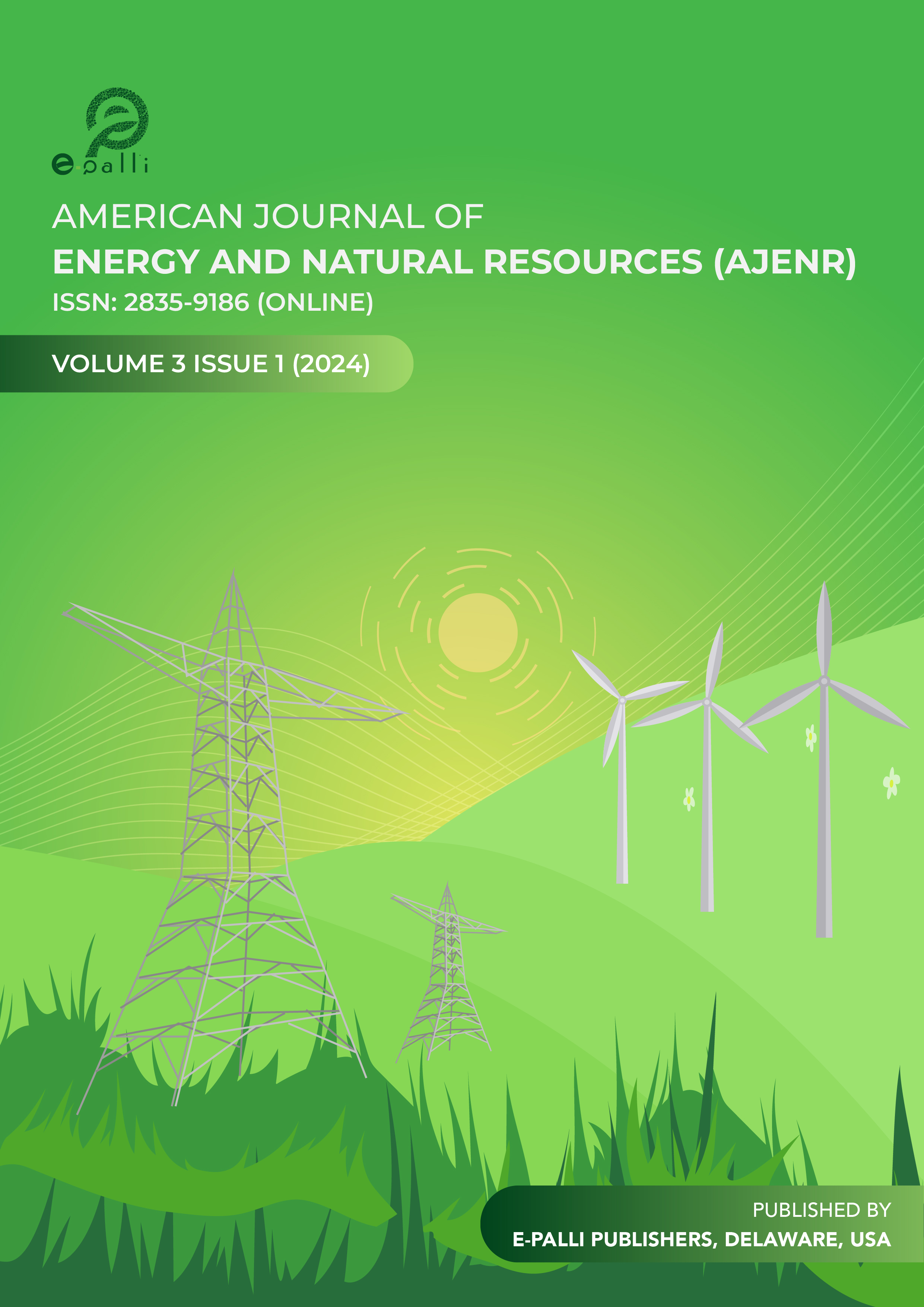Smart Field Technologies in Petroleum Engineering (Control and Monitoring)
DOI:
https://doi.org/10.54536/ajenr.v3i1.2883Keywords:
Smart Oilfields, SCADA System, Wireless Sensor Network, Internet of ThingsAbstract
Aim of study is provide an introductory overview of “smart well” technologies in terms of control and monitoring, with the hope of contributing to the development of Libyan oil and gas fields and turning them into smart fields because the principle in petroleum engineering stipulates maximum profit, fastest time, least cost, maximum efficiency, minimum risk. Smart field technology can operate equipment automatically, improve oil field management, scientifically assist oil fields in decision making, monitor wells in real time, manage and monitor operations and control production, as well as predict potential risks and choose the best scenario for dealing with crises. This paper presents the definition and principle of smart wells and fields technology, a comparison between the types of smart technologies, their advantages and disadvantages, and how this technology contributes to the control and monitoring of oil and gas wells. Smart wells are technologies that use intelligent systems to improve the control and monitoring process in oil and gas wells. These technologies use the Skida system, wireless sensors, and data analytics, which use artificial intelligence to monitor and control operations within oil fields and facilities. Smart oil fields rely on wireless sensors and the Industrial Internet of Things. This technology makes it easier for oil companies to control performance, monitor in real time, and manage oil and gas fields, and makes it easier for management to make decisions. WSN is the most widespread technology used in oil and gas fields, as it provides sensors for remote control and monitoring and detecting faults if they occur. Internet of Things helps improve control and monitoring, as it is the operating system used by wireless sensors and connects them to the network so that we can control them.
Downloads
References
Curtin University. (2010). Wireless Sensor Networks for Oil & Gas. Retrieved from https://espace.curtin.edu.au/bitstream/handle/20.500.11937/43468/153314_153314.pdf?sequence=2
CSE icon. (2023). SCADA vs. Industrial IoT. Retrieved from https://www.cse-icon.com/scada-vs-industrial-iot/
IoT Agenda. (2022, March). Industrial Internet of Things. Retrieved from https://www.techtarget.com/iotagenda/definition/Industrial-Internet-of-Things-IIoT
McClanahan, R. H. (2002, May). The benefits of networked SCADA systems utilizing IP-enabled networks. In 2002 Rural Electric Power Conference. Papers Presented at the 46th Annual Conference (Cat. No. 02CH37360) (pp. C5-1). IEEE.
McClanahan. (2003). SCADA and IP: is network convergence really here?. IEEE Industry Applications Magazine, 9(2), 29-36.
Schlumberger. (2007, February). Intelligent Well Overview. Retrieved from http://www.slb.com/content/services/completion/intelligent/intelligent_completions.asp
Schlumberger. (2007, February). Oil Field Glossary: Intelligent Well. Retrieved from http://www.glossary.oilfield.slb.com/Display.cfm?Term=intelligent%20well
Tutorials Point. (2022). Difference Between Wireless Sensor Networks and IoT. Retrieved from https://www.tutorialspoint.com/difference-between-wireless-sensor-networks-and-iot
Well Dynamics. (2007, February). The Definition Smart Well. Retrieved from http://www.welldynamics.com/technology/smartwell_definition.htm
Wikipedia. (2021). Internet of Things. Retrieved August 28, 2021, from https://en.wikipedia.org/wiki/Internet_of_things
Wikipedia. (2021). Internet of Things. Retrieved August 28, 2021, from https://en.wikipedia.org/wiki/Internet_of_things
Downloads
Published
How to Cite
Issue
Section
License
Copyright (c) 2024 Mohamed Lamoj

This work is licensed under a Creative Commons Attribution 4.0 International License.






